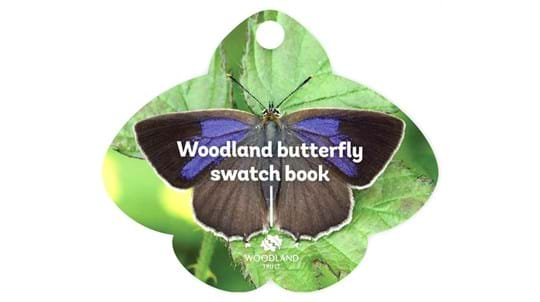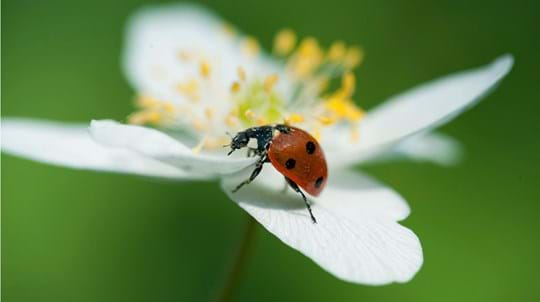
Credit: John Keates / Alamy Stock Photo
What do peacock butterflies eat?
Adults: feed on nectar from flowers including thistle, betony, bluebell, cuckooflower, dandelion and teasel. Buddleia is a particular favourite for peacock butterflies.
Caterpillars: eat the leaves of stinging nettles and hop.








